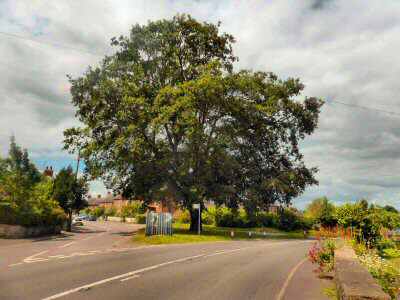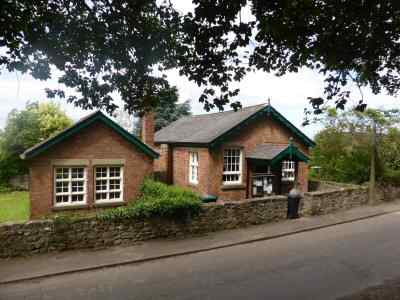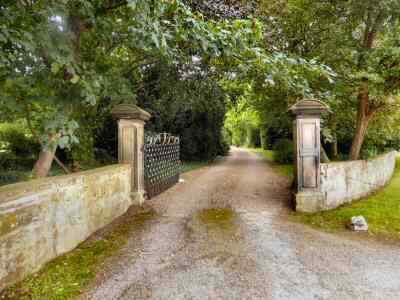STANTON-BY-BRIDGE
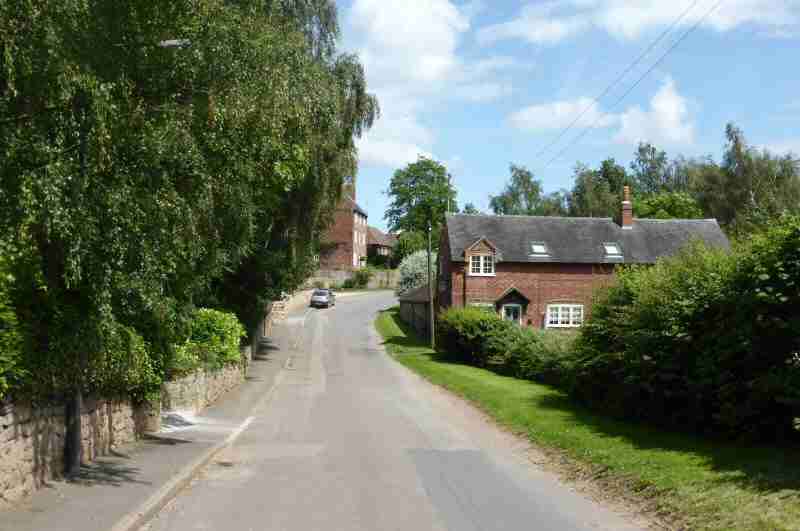
INFORMATION
Where is it? – Off the A514 Swarkestone to Ticknall road, only a short distance from Swarkestone Bridge and Causeway. Roadside parking is available on the eastern side of the village, near the A514 (SK372273).
What to do? – Walk along the main street and view St Michael’s Church, which dates back to the Anglo-Saxon period; take a stroll along Ward’s Lane to King’s Newton, described by Nicholas Pevsner as, ‘one of the most attractive main streets in Derbyshire’. have a look at Swarkestone Bridge and Causeway from both sides, but do not attempt to walk across as it is very narrow and unsafe for pedestrians.
Where to eat? – The John Thompson Inn at Ingleby is a former farmhouse and was the first public house in the UK to be named after its owner. Please ring 01332 862469 for further details or visit the website: www.johnthompsoninn.com; Swarkestone Nursery and Garden Centre Restaurant won the Derby Telegraph Café of the Year award in 2012.
Other places to visit – Enjoy a visit to Melbourne a fascinating little town with a wealth of historic buildings, a famous country house with formal gardens, one of the finest Norman churches in the country, a lovely 20-acre pool where you can feed the ducks, or just rest awhile and admire the scenery – Melbourne Hall and Gardens once the home of Victorian Prime Minister, William Lamb is open on a limited basis. For full opening details please telephone 01332 862502 or visit the website: www.melbournehall.com – Visit Staunton Harold Nurseries and Garden Centre, where apart from gardening requirements, there is a large range of furniture, gifts and other items as well as a cafe; Ferrers Art and Craft Centre is located in the Georgian Stable Block of Staunton Harold Hall, where a wide range of goods can be obtained, there is also a café
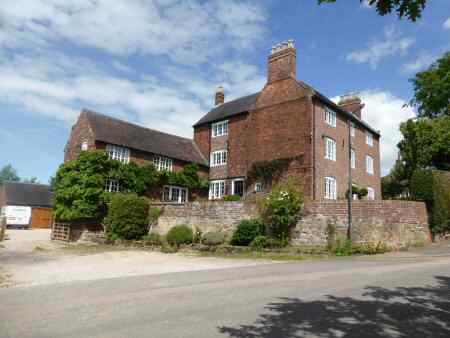
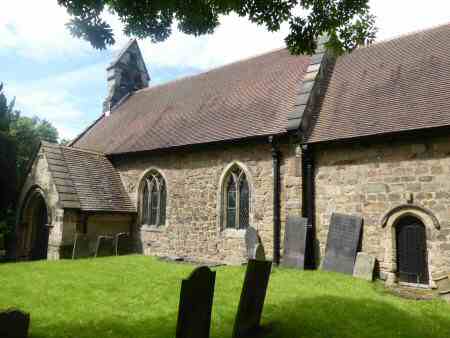
PROFILE
Stanton-By-Bridge is a quiet, retiring little village, apart from on the eastern side where the busy A514 disturbs the air of peace and tranquillity. The road is particularly busy at weekends when racing is taking place at nearby Castle Donington and the roar of engines can be heard throughout Stanton if the wind is blowing in that direction.
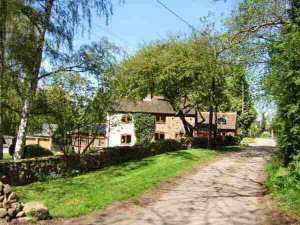
Stanton means “stony farm or estate” and it is not surprising that there are several abandoned quarries around the village. Over 20 villages share the name of Stanton in the country, several of which are in Derbyshire. To distinguish the village from others of the same name, over the centuries it has been known as Stanton Juxta Pontem, Stanton at Swarston Bridge, and nowadays as Stanton-by-Bridge.
There is no shop or pub in the village to disturb the peace, but it has not always been so quiet. Cock fighting – after Sunday worship – and quarterly horse racing once took place in the village. Nowadays walking and sailing seem to be the main recreational activities. Tucked away from the village on what was once a gravel extraction site, Swarkestone Sailing Club is reached from the Swarkestone to Ingleby road on the north side of the village.
SWARKESTONE BRIDGE AND CAUSEWAY
The present name of Stanton-by-Bridge seems to be fully justified. Travellers passing through the village, who see only the east end, are much more likely to remember crossing the narrow Swarkestone Bridge and Causeway. In any event, the bridge and causeway seem somewhat misnamed, because the boundary with Swarkestone is mid-stream at the river bridge end. This means that only part of the bridge and none of the causeway is in Swarkestone.
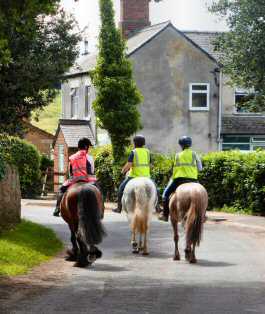
A Scheduled Ancient Monument and a Grade I listed building, the bridge and the causeway are reputedly the longest stretch of medieval bridgework still in use in the country. Together the bridge and causeway stretch for about three-quarters of a mile above flat meadowland, which is prone to flooding. The gritstone used in construction was probably quarried in Stanton parish.
GRASS TRIANGLE
A grass triangle of land at the junction of the main street with the A514 is the site of an oak tree planted to commemorate the Diamond Jubilee of Queen Victoria in 1897. From this point, the road runs off to the west down the village’s main street, before narrowing considerably after passing Manor Farm on the edge of the village. Apart from local traffic the road is little used, and it is possible even on a sunny day to walk the half mile or so from one end of Stanton to the other without encountering pedestrians or moving vehicles.
ViLLAGE STREET
The village street is composed of several old farmhouses that have mostly been converted into private dwellings and a mixture of old and new properties. Hollies Farm is quite imposing, standing on a slightly elevated site, behind a small triangular green, from where a lane leads off to join the road to Ticknall and beyond. Stanton is an excellent starting point for walks in the area covering Melbourne, King’s Newton, Ticknall, Ingleby and Repton.
ST MICHAEL’S CHURCH
St Michael’s Church at the west end of the main street is quite compact and was described by Pevsner as ‘small and low’. It incorporates structural evidence dating back to the Anglo-Saxons and has a fine Norman doorway on the south side. The former Rectory is a rather grand property with a far more impressive entry than the church. Girls from the Women’s Land Army were billeted there during the Second World War.
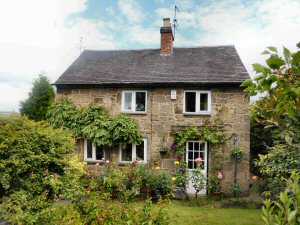
VILLAGE HALL
Across the road from the church, in about 1840 Sir George Crewe gave a plot of land to the village, for a school to be built. This was extended in 1876 to accommodate children from Swarkestone, and an extra classroom was added in 1913 for the infants. Falling numbers led to the school closing in 1951. Three years later, the school buildings were purchased and refurbished by the villagers and opened as the village hall. The Duke of Devonshire performed the opening ceremony only two weeks after a village fete had raised enough money to clear the total amount still owing on the building.
NUCLEAR BUNKER
The most unusual building in Stanton is a former secret nuclear bunker, built during the height of the Cold War. It was intended for use by the military for monitoring purposes following a nuclear war. In 1968, it was closed before being reopened a second time in 1975 and then closed again in the 1990s. A secret no longer, the bunker was put on the market in recent years much to the surprise of the auctioneers who initially thought someone was having them on – they had not sold a nuclear bunker before! It is situated close to the A514 Derby to Swadlincote road on the east side of Stanton Hill.
